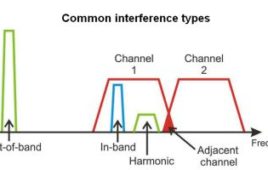AT&T has filed an application with the FCC seeking a three-year license to conduct tests of experimental equipment that would support 5G multi-gigabyte per second applications for fixed and wireless communication.
According to the application, AT&T wants to conduct “fixed and mobile” tests in the Austin, Texas area in the 3.4-3.6 GHz, 3.7-4.2 GHz, 14.5-15.35 GHz and 27.5-28.5 GHz frequency bands. The experimental system would support voice, video and data transmissions, the carrier said.
AT&T said it is seeking to conduct the experiments now to allow for trials before the finalization of 3GPP’s 5G standards in 2018 and 2019.
Though the carrier’s exact test specifications are redacted in the public version of the document, AT&T said its proposed experiments would “involve base stations that would transmit signals to and receive signals from experimental equipment located on-board mobile vehicles and on fixed stations in and within five (5) kilometers of the Austin area.”
AT&T did not disclose who would provide the test equipment.
An AT&T spokesman on Friday did not provide further details about the trials, but said the company “expect(s) to have more information to share in the future.”
The move comes as telecommunications companies and carriers in the United States and around the globe seek to be the first to launch 5G services.
In September, Verizon announced plans to begin 5G field trials this year in sandboxes located in Waltham, Mass., and San Francisco. Verizon has also partnered with Alcatel-Lucent, Cisco, Ericsson, Nokia, Qualcomm and Samsung in a 5G Technology Forum to promote faster innovation and bring 5G technology to trials this year.
Recently, Verizon also asked the FCC to make super high frequency spectrum available to mobile operators for the deployment of 5G services using millimeter wave technology.
Specifically, Verizon is seeking permission to operate in the 28 GHz, 37 GHz and 39 GHz frequencies. The carrier also advocated for the combination of the 37 GHz and 39 GHz bands to create multiple licenses with bandwidths of 200 MHz or more that would be attractive to industry players.
Filed Under: Wireless • 5G and more, Telecommunications (spectrums)




